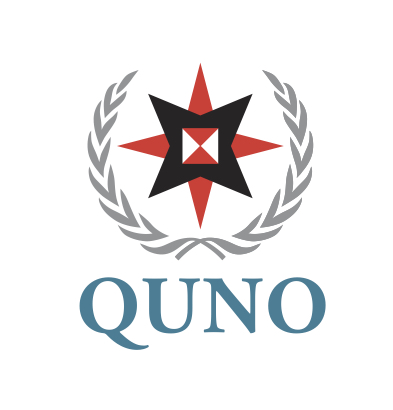Incorporating human rights into climate policies and actions is known as a human rights-based approach. Human rights-based approaches ensure public inclusion and promote fairness, leading to more coherent, legitimate and sustainable policy outcomes. Whilst some countries resist human rights, human rights-based approaches ensure that climate action is approached as both a technical effort to cut emissions and as an effort to address human rights and social inequality. This 2-sider offers a brief introduction to the topic alongside inspiring examples from all over the world of what is being done to protect people and planet.

International Standards on Conscientious Objection to Military Service 2025
This updated paper lays out the ways in which conscientious objection has been recognized and is protected under human rights treaties and mechanisms, taking into account developments in international standards that have occurred since the 2021 edition. These strengthened standards can be used by front line organizations as a tool to limit suffering, improve lives and challenge root causes of injustice. Available in English, Spanish, French, and Russian.
